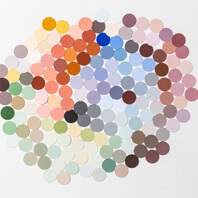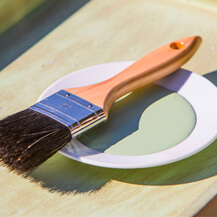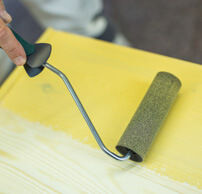Information on colour representation
The representation of the colour shades on your monitor can be different from the actual shade and therefore is without guarantee as to correctness. Nearly every user of a monitor sees wrong colour shades because most monitors are not accurately adjusted.
There are, however, ways to calibrate your monitor yourself and thus provide for optimal colour reproduction.
The Windows programs have a calibration device that can be found in the control panel.
- Open the search window in the Windows start menu or press simultaneously the buttons [Windows] and [S] to open the search directly in more recent Windows versions.
- Enter „calibrate monitor colour" and the Windows calibration tool will be offered.
- Alternatively, programs like the DQ-Tool can be used.
- Now follow the instructions on your monitor and adjust the gamma value, brightness and contrast. Moreover, you can adjust the colour values.
- Finally, compare the new calibration with the old one and save your adjustments.
This (German) video shows how it works (taken from magazine CHIP.de):
Other effects adverse to a precise colour representation:
- Colour appears differently in darker or lighter surroundings.
- Colour changes with the light and appears differently under daylight or artificial light.
- Intensive colour tones tend to appear even more intensive on big areas because less light gets reflected by these big areas.
Our recommendation: Before painting intensive colour shades on large surfaces, better carry out a test coating on a representative area.
For optimal shade reliability

Colour tone fan
Ask your local AURO distributor for the AURO colour tone fan that displays all shades of the COLOURS FOR LIFE Satin paint no. 517 as real painted samples.




